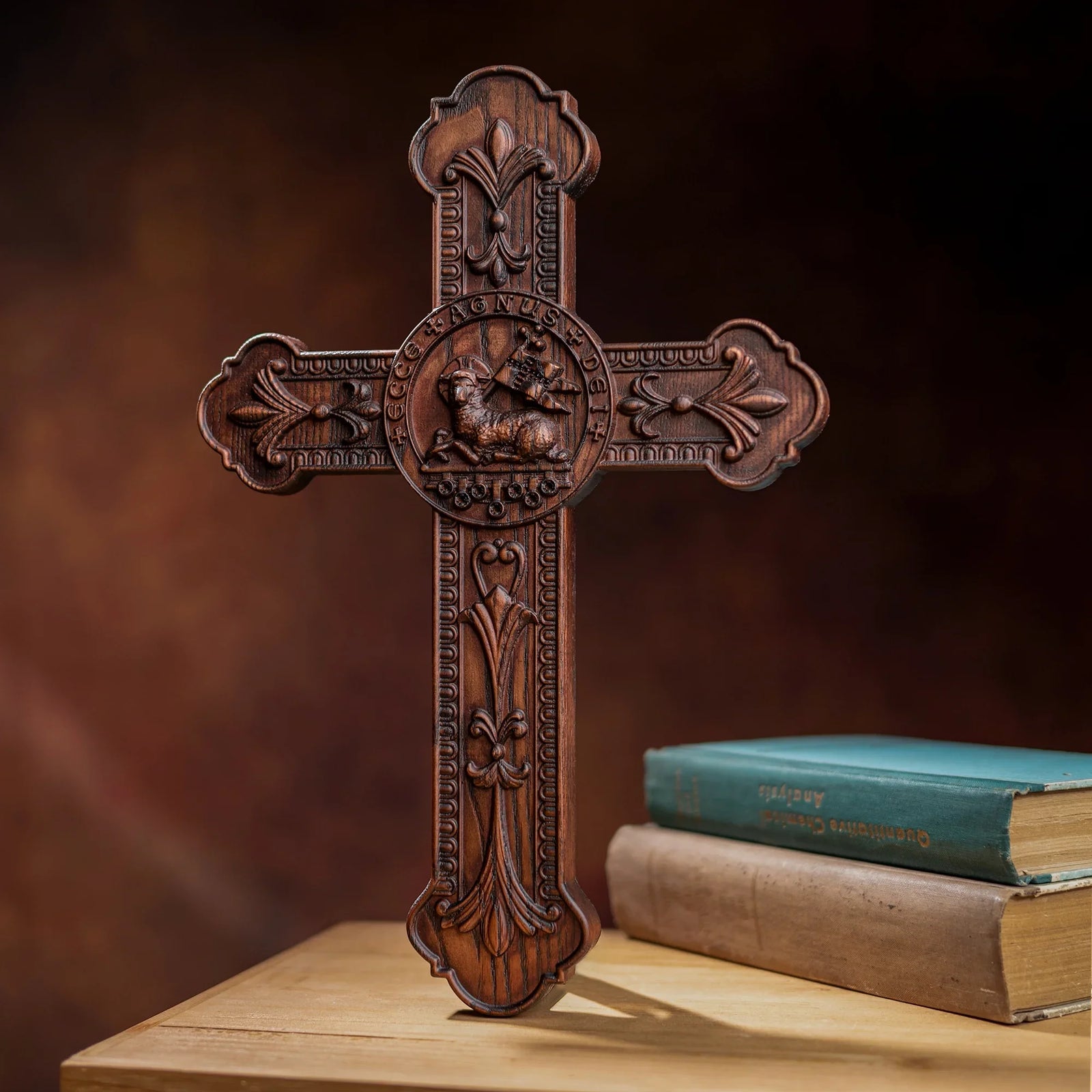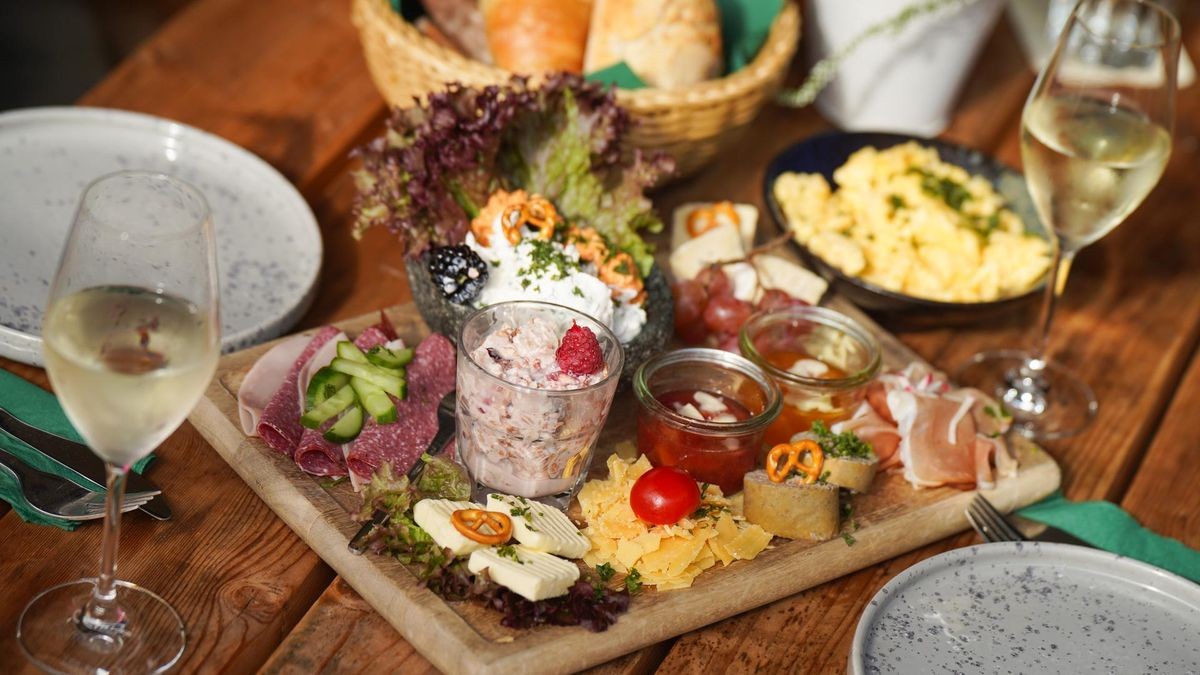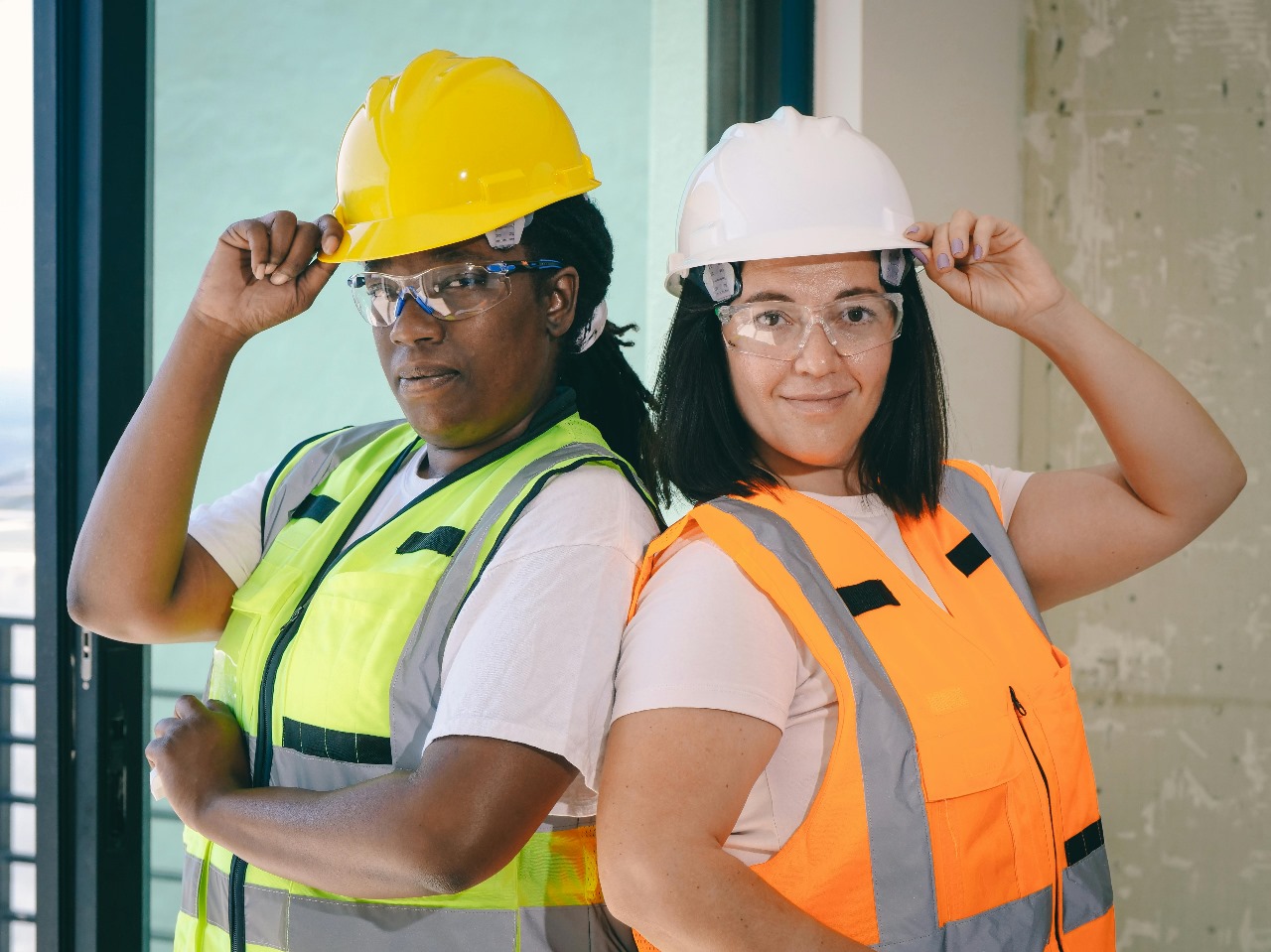Introduction: Where Faith Meets Artistry
Across centuries, the cross has stood as one of the most enduring symbols of faith, sacrifice, and hope. Yet beyond its spiritual significance lies another dimension—its craftsmanship. At the Jerusalem Art Museum, each cross displayed carries not only religious meaning but also the touch of human devotion, artistry, and history. In particular, Handmade crosses embody a sacred connection between creator and creation, where every detail tells a story of faith and artistry combined.
This article explores the spiritual and artistic journey of handmade crosses, their cultural significance, and why they remain timeless symbols of devotion and craftsmanship.
The Sacred Symbolism of the Cross
The cross is more than an object; it is a sacred emblem deeply rooted in Christian tradition. For believers, it represents redemption and eternal love. But when shaped by hand, the cross transcends its material form and becomes a living testimony of faith.
A Universal Icon
While its origins are steeped in biblical history, the cross has found its place across cultures and denominations. The handmade cross is not confined to one region or era; instead, it reflects a universal devotion that resonates with millions worldwide.
The Role of Craftsmanship in Meaning
When artisans carve, sculpt, or mold a cross, they infuse it with reverence. Every curve and engraving is carefully chosen to reflect the sacred purpose it serves. Unlike machine-made replicas, handmade crosses carry unique imperfections that make them authentic and personal.
Handmade Crosses: Art Meets Devotion
The term handmade crosses refers to more than physical artistry. It signifies a process in which craftsmanship becomes an act of devotion.
The Artistic Process
From selecting the right wood, stone, or metal to polishing the final piece, the creation of handmade crosses involves careful dedication. Artisans often spend countless hours shaping their work, ensuring that each cross radiates a sense of balance and reverence.
Symbolism in Materials
Different materials reflect distinct layers of meaning:
- Olive wood crosses from Jerusalem symbolize peace and endurance.
- Metal crosses, often adorned with intricate engravings, reflect resilience and permanence.
- Stone crosses connect to the land itself, embodying strength and timelessness.
At the Jerusalem Art Museum, visitors witness how these materials transform into sacred objects through the skill of devoted hands.
Historical Roots of Handmade Crosses
The tradition of creating crosses by hand stretches back to early Christianity. For centuries, believers have carried, worn, and displayed crosses as tangible expressions of their faith.
Early Christian Craftsmanship
The earliest handmade crosses were simple, often carved from wood or etched into stone walls of catacombs. Despite their simplicity, they carried immense symbolic weight for early followers.
Medieval and Renaissance Flourish
As Christianity spread, artisans began to incorporate detailed artistry. Crosses were adorned with precious metals, gemstones, and intricate carvings. These creations were not only devotional objects but also masterpieces of sacred art.
Handmade Crosses in Modern Times
Today, handmade crosses continue to be cherished for their authenticity. In an age of mass production, they stand as timeless reminders that sacred art cannot be replicated by machines.
The Cultural Significance of Handmade Crosses in Jerusalem
Jerusalem holds a special place in the heart of Christian tradition. As the land where many biblical events unfolded, it has become a center of sacred artistry.
Olive Wood Crosses from the Holy Land
One of the most cherished forms of handmade crosses is carved from olive wood native to Jerusalem. The olive tree, a symbol of peace and resilience, carries deep biblical significance, making olive wood crosses particularly meaningful for pilgrims and collectors alike.
A Living Heritage at the Jerusalem Art Museum
At the Jerusalem Art Museum, handmade crosses are displayed not merely as artifacts but as living traditions. Visitors are invited to appreciate the meticulous detail of each piece while connecting with the broader spiritual and cultural heritage of the region.
Why Handmade Crosses Remain Timeless
In a world dominated by technology and mass production, handmade objects stand apart. Handmade crosses are treasured not only for their beauty but also for what they represent—sacred devotion, human touch, and authenticity.
Personal Connection
Owning a handmade cross fosters a deeper connection with faith. The knowledge that an artisan poured time, skill, and prayer into the creation makes each cross unique.
Spiritual Value Over Material Value
Though handmade crosses may vary in material worth, their true value lies in their spiritual resonance. For many, they become cherished heirlooms passed down through generations.
Sustainability of Tradition
Supporting handmade artistry ensures that these sacred traditions continue. Each purchase of a handmade cross helps sustain artisan communities and preserve cultural heritage.
Handmade Crosses at the Jerusalem Art Museum
The Jerusalem Art Museum is more than a gallery; it is a space where faith, history, and artistry converge. Among its many treasures, the collection of handmade crosses stands out for its diversity and sacred craftsmanship.
A Showcase of Diversity
From ancient stone carvings to contemporary olive wood creations, the museum’s collection highlights the evolution of cross-making through centuries. Visitors can trace how artisans across eras and regions contributed their unique interpretations while staying true to the cross’s sacred symbolism.
Educational and Spiritual Experience
Beyond visual appreciation, the museum offers an educational journey into the craftsmanship behind handmade crosses. Visitors learn not only about artistic techniques but also about the spiritual devotion driving these works of art.
Conclusion: Embracing the Sacred in Every Handmade Cross
In every handmade cross lies a story—of devotion, tradition, artistry, and faith. Whether carved from olive wood in Jerusalem or forged from metal in a distant workshop, each piece embodies sacred craftsmanship that transcends time and geography.
At the Jerusalem Art Museum, visitors encounter these sacred creations as more than objects of art. They are living testaments of faith, crafted by human hands yet touched by divine inspiration. For those seeking a deeper connection to their spirituality, handmade crosses offer not only beauty but also meaning—reminding us that sacredness lives in the details.
Take the time to explore handmade crosses, and discover how craftsmanship transforms devotion into timeless art.




